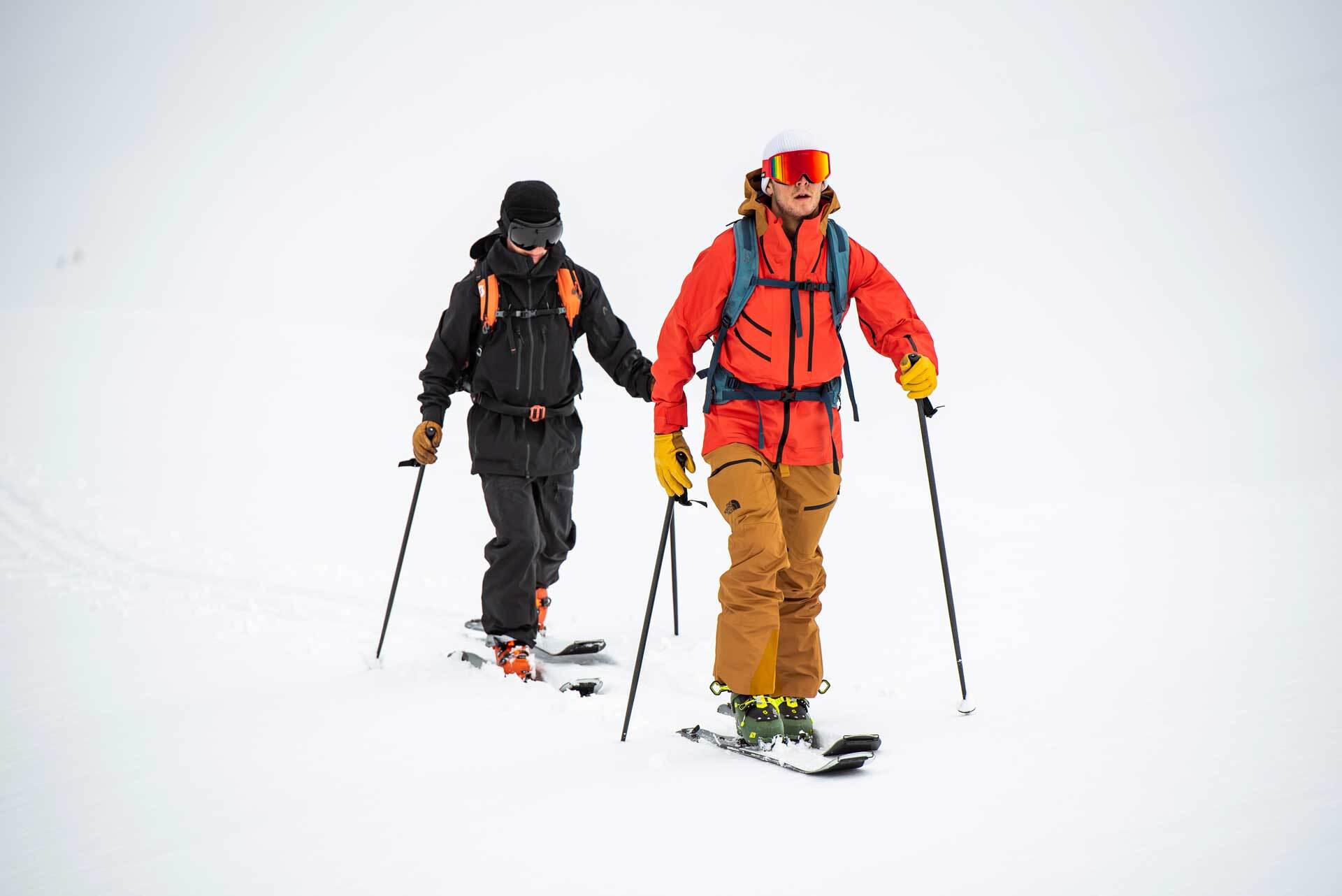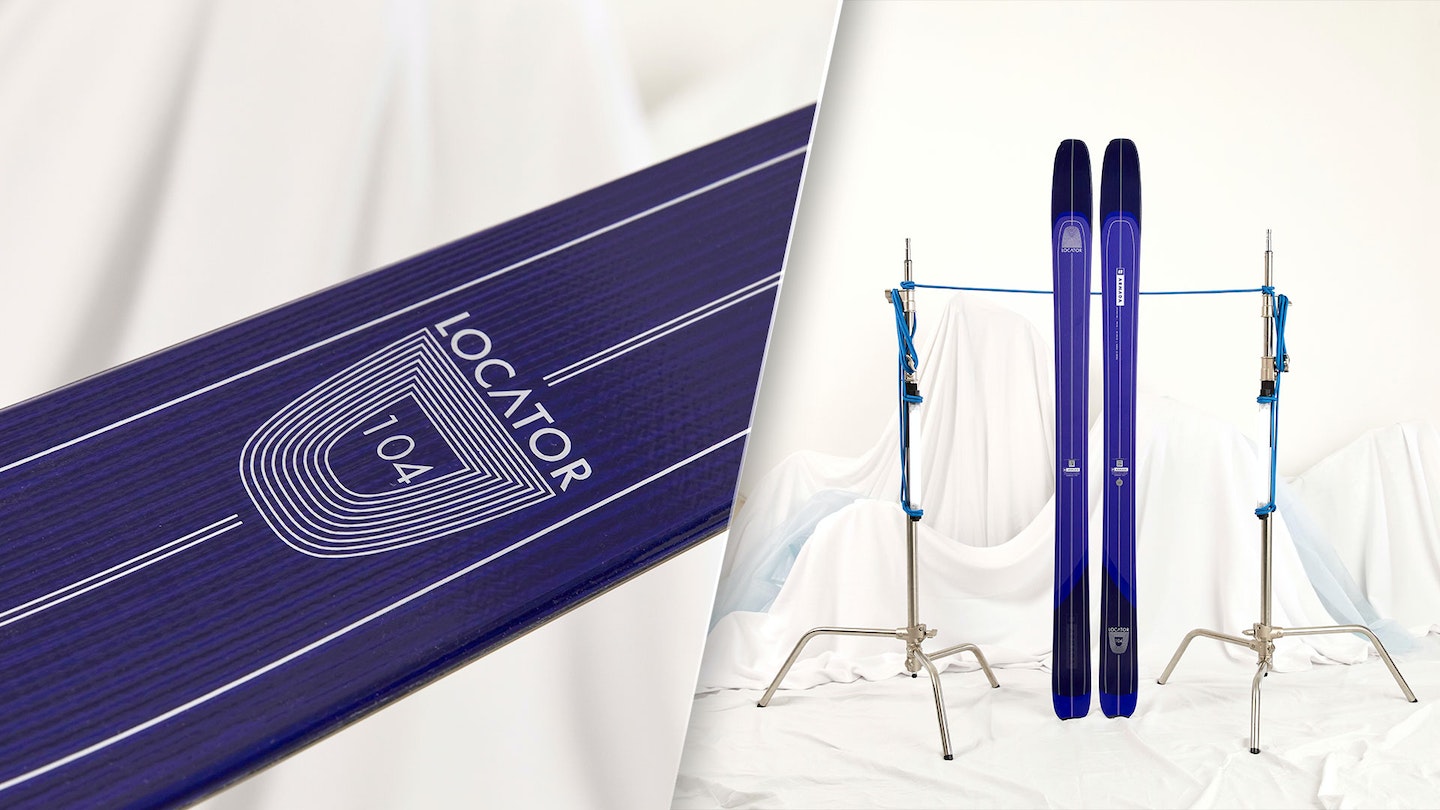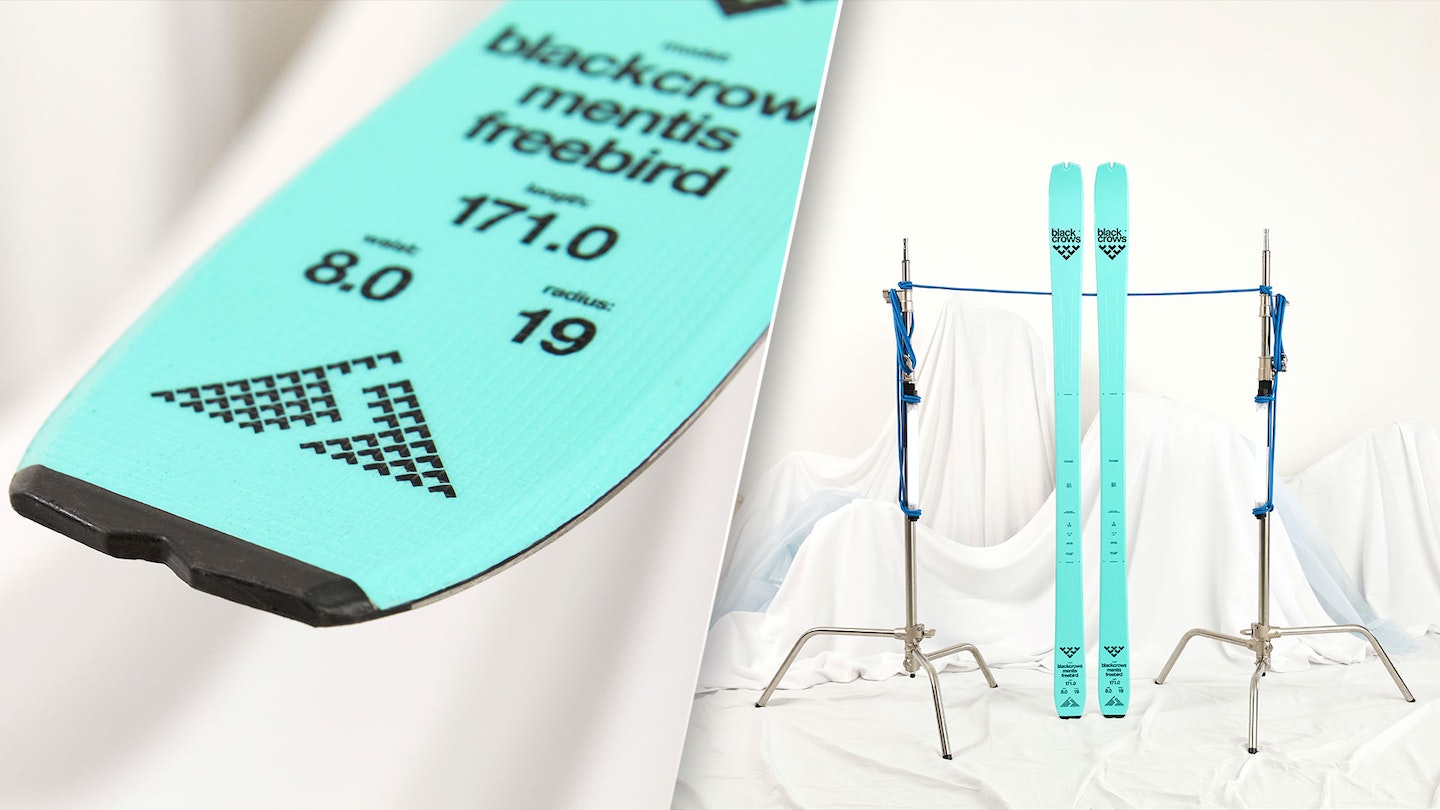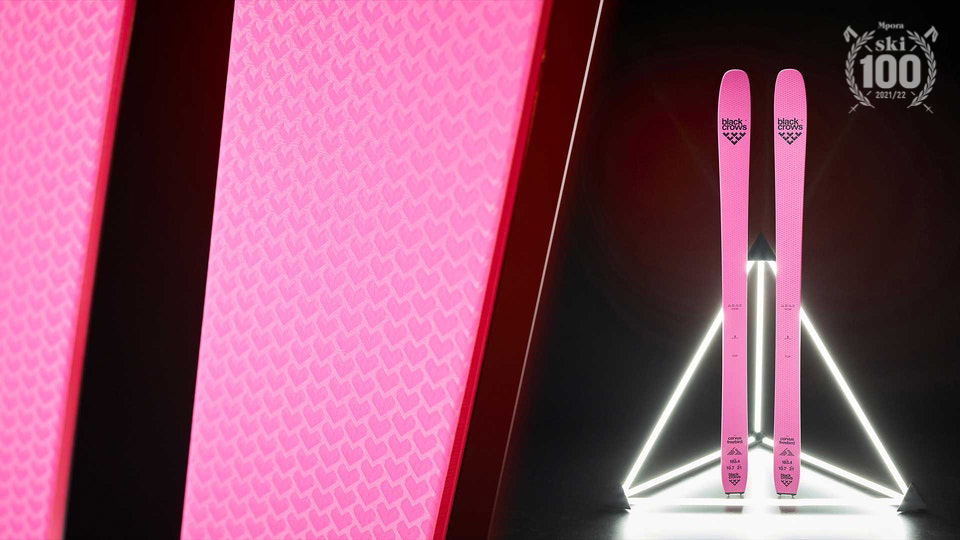Backcountry and ski touring skis are the first thing that will influence your ability to ski in certain conditions while out in fresh, untracked snow, beyond your (obviously flawless) technique, of course. To the uninitiated, there’s a confusing amount of shapes and constructions on the market; each of which give the ski certain characteristics to suit specific snow conditions.
While the right pair of backcountry skis have the potential to inspire confidence over the entire mountain, the wrong pair have the power to strike fear into the hearts of those unable to take full control of them. It’s therefore vital that we make the right decision on our choice of backcountry skis, based on things like ability, end goals, and build.
Not only do ski touring skis need to be damp, responsive and stiff in order to ski well, they also need to remain lightweight for when you’re earning your turns. Recent developments in ski technology has meant that we’re now seeing some incredibly high-performance skis that barely tip the scales.
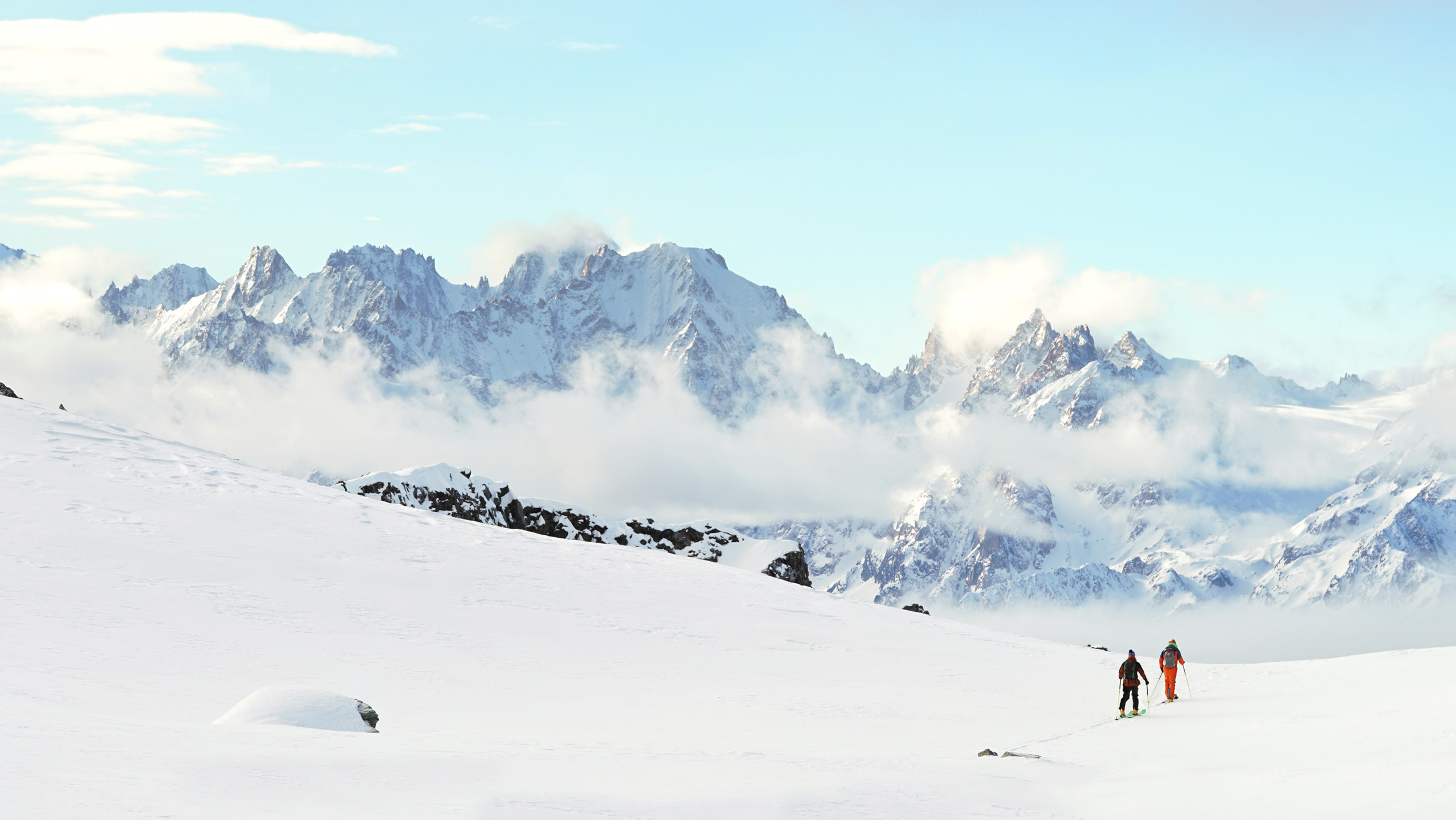
Although many of the skis in this roundup have been classified as backcountry, many of them aren’t out and out skis solely designed for ski touring. You could, for example, still happily slap an alpine downhill binding on many of the more traditionally built skis and they’d still perform just a regular ski. If you do want to experience the huge variety of terrain and endless amounts of fun offered by ski touring however (and why wouldn’t you, it’s the best), you’ll need to mount a ski touring binding on these things.
How To Choose A Pair Of Backcountry Skis
| Ski Widths Explained |
| How To Choose The Right Ski Length |
| Ski Shapes Explained |
| Ski Camber and Rocker Explained |
Camber

Lay a pair of skis flat on a surface and you’ll most likely see the ski rise up from said surface. The rise, most prominent from the waist, is something we call camber. This rise means that when the ski is weighted, it will have an even distribution of weight throughout the whole length of the ski rather than exclusively at its midpoint. If you’re looking for skis with a lot of bite in firm snow, then look for skis with a liberal use of camber underfoot.
Rocker
Rocker is traditionally used in the tips and tails to promote float in fresh snow. By rising the tips and tails of the ski up off the snow, it means that the tips don’t have a tendency to ‘tip-dive’ into fresh snow even when the skier is weighting the tips. Rocker also shortens the contact length of the edges, making the skis easier to turn in fresh, whereas a ski without rocker might just sink / plough through the fresh snow.
Fully ‘rockered’ skis will have minimal contact points on the snow, as the tips and tails are heavily raised above the surface. This makes for an extremely manoeuvrable ski at the cost of bite on firm snow, due to a lack of edge contact through the length of the ski.
Camber/Rocker Mix
It’s common to see Rocker-Camber-Rocker blends in ski design these days. Take a look out for our ski profile shots found within each ski review to see how much camber and rocker the ski in question carries.
“If you do want to experience the huge variety of terrain and endless amounts of fun… you’ll need to mount a touring-specific binding on these things”
Sidecut
Usually presented in the format of ‘126 / 100 / 108’ (numbers will vary) this figure shows the width of the tips (first number), waist (second number), and tail (third number). When combined, the sidecut also gives the radius of the ski in question.
This radius is the distance the ski would travel to make a turn, if you were to put it on edge and follow the shape that the sidecut creates. For example, the set of numbers above represent a radius of 25 metres for 180cm ski.

Width
Waist widths are important for backcountry skiing as the more surface area you’re carrying underfoot, the more chance you have of floating through fresh snow. On the flip side, smaller waist widths have more bite on firm snow as power from your boot can be directly driven to the edges of the skis.
The waist width of a ski will give you a very rough understanding of what the ski is most suited towards. In modern skis, widths of 90 – 110mm are great for all mountain riding (depending on your style) whereas widths of 110mm + become a little more focused towards powder riding.
SHOP SKIS AT |
